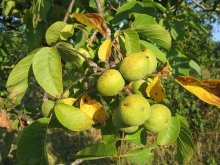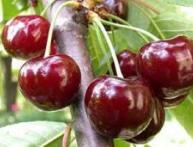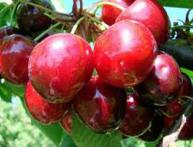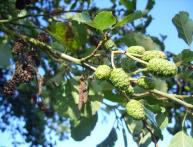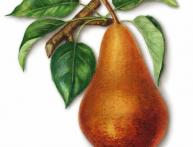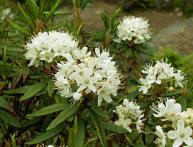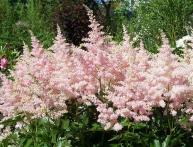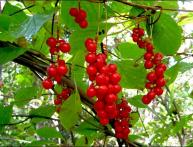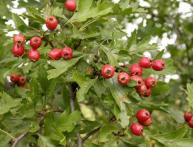How should nut grafting be carried out at home?
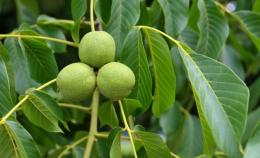
Walnut is a fairly large tree whose lifespan can be up to 500 years. The height of the tree can reach twelve meters. Walnut fruits are considered very valuable due to the content of many useful substances. Since the tree grows very large, it must be planted immediately away from other trees and plants. To improve nut fruiting, grafting is used.
Content:
- When is nut grafting done?
- How to choose the right rootstock and scion?
- Basic rules for nut grafting
- Nut grafting into cleft and nut budding
- Necessary tools for vaccination
When is nut grafting done?
The most optimal time for nut grafting is considered to be the beginning of summer. During this period, cuttings have the highest rate of survival. To increase this degree, you can graft two cuttings at once. Young two-year-old trees, 25 mm thick, are used as cuttings.
For grafting, the straightest branches with a large number of developed buds are selected. Sometimes vaccination can be carried out in winter.
Wherein cuttings must have maximally developed kidneys. Cuttings should be harvested in the fall before frost sets in. Annual seedlings are used as rootstocks.
In the spring season, walnuts are practically not grafted.This is due to the fact that germination of scions must occur at a temperature of 10 degrees, so grafted cuttings may not have time to take root and die. To prevent the death of cuttings, they should be harvested in the fall.
How to choose the right rootstock and scion?
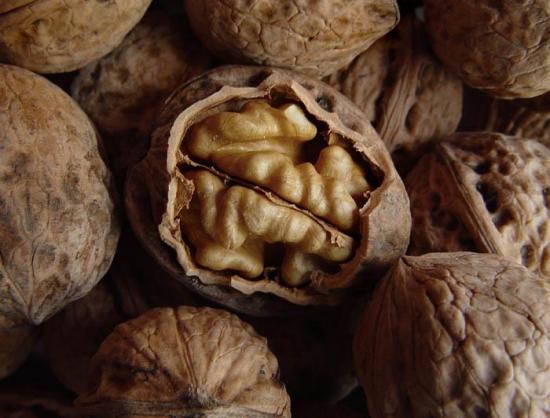
In order for the scion to take root quickly and well, it must meet the following criteria:
- High winter hardiness
- Resistance to pests and diseases
- Rapid environmental adaptability
- Moderate growth
- Maximum compatibility with rootstock
The most commonly used rootstocks include the following types:
- Seedlings of cultivated varieties nut These varieties include Pyatiletka, Zarya Vostok and Urozhainy. During the grafting process, such varieties quickly take root and can withstand severe frosts. In addition, these seedling varieties are the most compatible rootstocks.
- Rock nut seedlings. Only vigorous seedlings are selected for grafting. They have good winter hardiness and begin to bear fruit already in the fourth year after grafting. The only drawback of these seedlings is their high demands on soil.
- Hinji nut seedlings. These are strong and fast-growing scions that bear fruit already in the third year after planting. Such trees tolerate drought very easily, but can suffer from a cold winter.
As for scions, they should be selected only from the most productive varieties. Most often, the selected scions have fairly large fruits and high resistance to frost and various diseases.
Basic rules for nut grafting
A transverse cut on the stem should be made so that the bud is in the middle. Next, you need to make two more longitudinal cuts and separate the bark.On the rootstock wood, you need to perform the same steps, removing the tube from the root collar.
The section of the branch from which the wood was removed must be moved so that small longitudinal cracks can form on it. The joint should be secured with plastic film. After two weeks, you need to open the film and lubricate the grafted area garden varnish. After this, the grafting site is again strengthened with polyethylene.
Video about nut grafting:
All grafting operations must be carried out very carefully and quickly to prevent oxidation of the juice on the scions and rootstocks. At the same time, the tools used must be well sharpened.
Nut grafting into cleft and nut budding
This method of grafting is carried out during the period of active circulation of juice. Initially, you need to choose a place for vaccination. Then, in the chosen place, a split should be made, the depth of which should be approximately five centimeters. The cutting is inserted into the finished slot so that it is tightly compressed.
If there is a need to graft on an old tree, it is advisable to first cut off its crown and wait for the young branches to sprout. After all, vaccination should be carried out exclusively on young branches.
Budding is considered the best way to propagate walnuts. All budding work must be carried out with a special double knife, with which two identical transverse cuts are made on the scion. After this, one longitudinal cut is made, which will connect the ends of the two transverse cuts.
By using budding knife You need to separate the bark from the wood on the scion cuttings. Next, the bark ring with the eye is removed from the cutting.In turn, transverse cuts are also made on the rootstock at a distance of ten centimeters from the soil level. The cut bark of the rootstock must be removed using the bone of a budding knife.
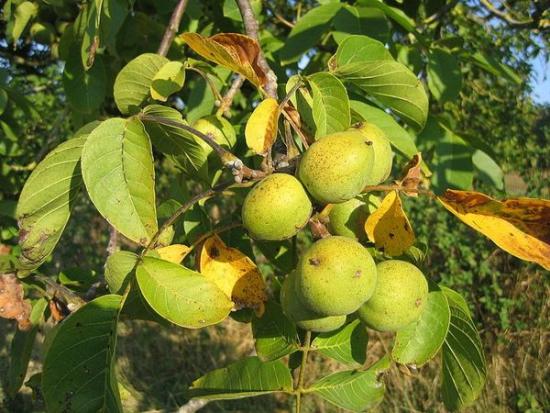
The graft along with the eye should be applied to the area with the bark removed. If the length of the shield is too long, then it is shortened slightly. The shield of the scion and the bark of the rootstock should be connected in such a way that there is a gap between them, with a diameter of about one millimeter. Walnut budding is best done from May to August.
Necessary tools for vaccination
The most basic tool is a grafting knife. It must be sharp, since the quality of the graft depends on the severity. Also, the knife should have an elongated blade and straight blades. To sharpen grafting knives, you need to stock up on a file and grainy whetstones. Even during the grafting process, garden shears are often used to trim old branches and trim the bark.
Also in progress vaccinations garden pitch and various strapping materials are used. As a binding material, you should use electrical tape, which can be cut lengthwise into strips eight millimeters wide. If electrical tape is not available, plastic bags are used, which can also be cut into strips. Some gardeners use a washcloth when tying.


